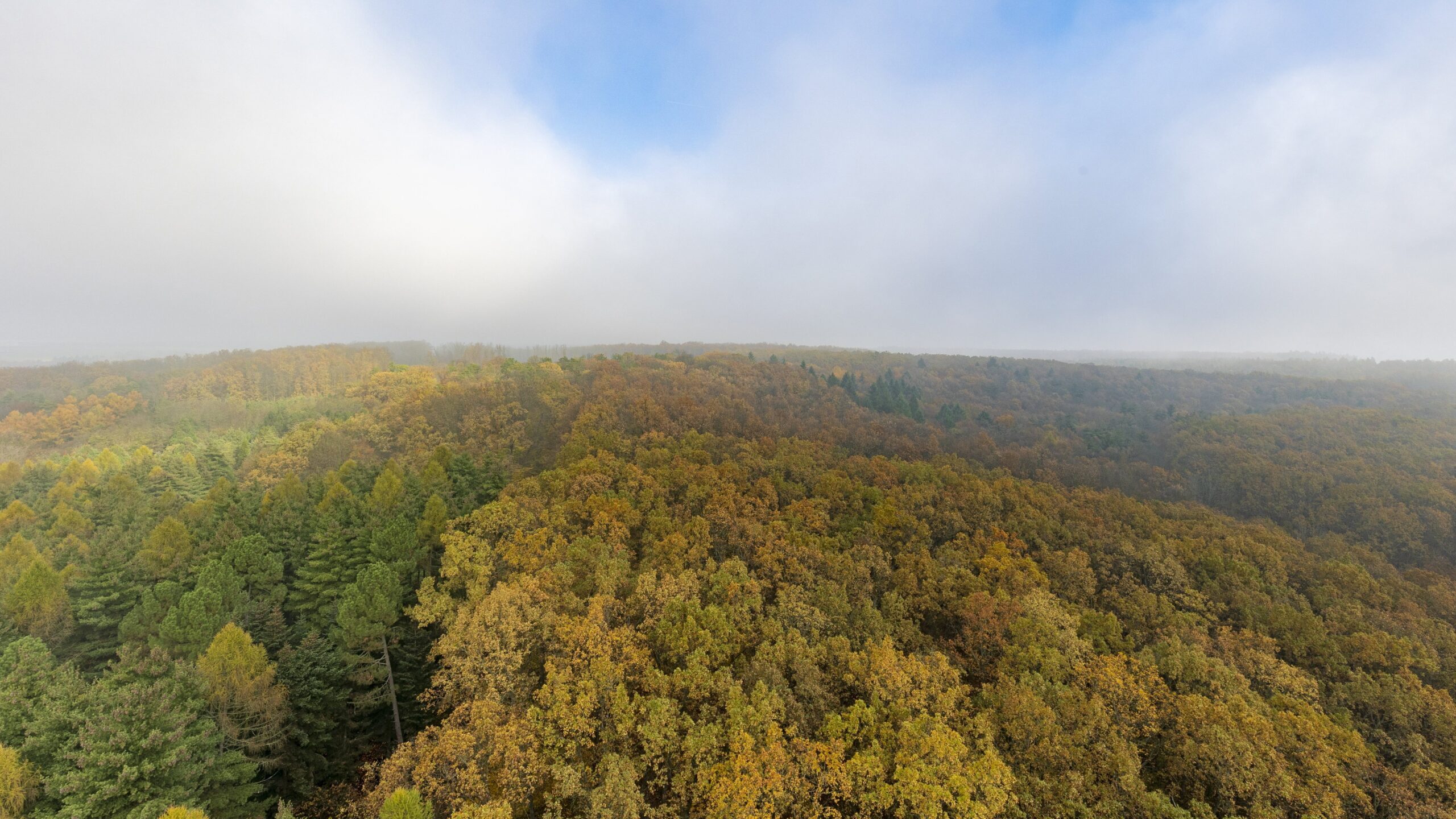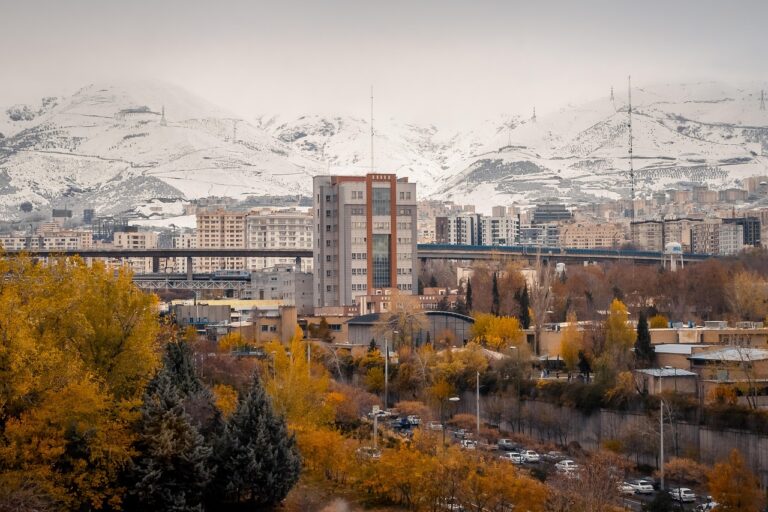Climate change is occurring a hundred times faster in Hungarian forests than it did thirty years ago, placing significant responsibilities on forestry management both now and in the future. This was revealed in the latest episode of János Áder’s Blue Planet podcast, released on Monday, where the former president spoke with Kornél Czimber, Deputy Dean of the Faculty of Forestry at the University of Sopron.
The Chairman of the Board of Trustees of the Blue Planet Climate Protection Foundation, referring to the current dry weather conditions, asked the expert how the extreme drought of 2022 affected Hungary’s forests, which cover two million hectares.
Kornél Czimber explained that severe damage—amounting to hundreds of billions of forints—was caused mainly in the southern part of the Great Plains, affecting both young and older plantations. However, in the larger part of the country, the state of the forests has either stagnated or improved in recent years. Nevertheless, one-third of Hungarian forests are weakening due to prolonged dry periods and uneven rainfall distribution, necessitating forestry intervention to halt and reverse these negative processes.
In response to Áder’s question about how modern technologies can be applied in this work, the expert stated that
aerial laser scanning, which reveals the size and location of trees and the topography of the soil beneath them,
has already been carried out in most of Hungary’s forests. Satellite images and larger drones are used to continuously monitor the state of Hungarian forests, while artificial intelligence analyses are employed to prepare for the future. Additionally, sensors placed in the forests assist in determining current and future interventions.
Százszor gyorsabb lett a klímaváltozás a magyar erdőkben
A harminc évvel ezelőttihez képest manapság százszor gyorsabb a klímaváltozás a magyar erdészeti területeken – mondja a Soproni Egyetem dékánhelyettese. Éppen ezért drónokkal, műholdakkal, lézerekkel és különböző szenzorokkal mérik fel, illetve modellezik le az aktuális állapotot. A mesterséges intelligencia elemzésének segítségével pedig felkészülnek a jövőre.
He noted that forestry professionals have many opportunities to intervene in time. Based on insights provided by modern technology, they can select tree species suitable for the changing climate, improve water retention in certain areas, and determine the optimal tree density for plantations in specific regions. The former president recalled an earlier study indicating that since the last ice age, forestry climate zones have ‘migrated’ five kilometres northward every hundred years, but this process has now significantly accelerated.
Czimber reported that due to climate change,
the process has accelerated by a factor of one hundred, meaning that zones are now shifting five kilometres northward each year.
Consequently, it is more worthwhile today to plant tree species in our climate zone—such as oak seedlings—that would have thrived in the forests of Türkiye or Bulgaria a few decades ago.
To achieve this ‘accelerated adaptation,’ the Hungarian forestry profession has already established contact with both Bulgarian and Turkish foresters to study and introduce native drought-resistant oak species from further south. In Tolna County, there are already positive experiences with the grey oak, which tolerates the changing climate conditions well. The expert also highlighted that using modern advancements, forest engineers are employing bioinformatics tools to protect and develop forests, including developing vaccines and creating propagation materials suitable for producing specimens resistant to specific harmful effects. Czimber further mentioned that the expertise of Hungarian specialists is currently being applied in other parts of the world, such as Algeria and Mongolia, where Hungarian engineers are participating in the development of programmes aimed at improving the condition of degraded forests, among other projects.
Read about more Blue Planet episodes:








